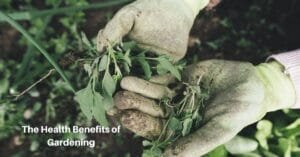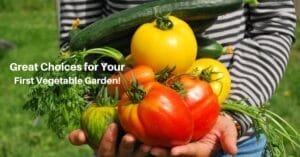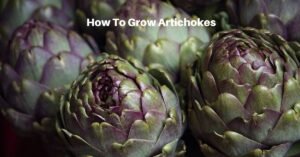A beautiful lawn and garden depend on soil rich in nutrients. But just like the food in your fridge, the nutrients in the soil get depleted over time. Plants use it up but it’s not naturally replenished. To keep them healthy year after year, you need to add fertilizer. And one of the best ways to do that is through composting.
The Benefits of Composting
Composting is a win-win proposition. The final result – fertilizing your plants – is only one of the benefits. You also cut down on the material that goes to a landfill. And you’ll save yourself money, too.
Good soil has to have carbon and nitrogen, and that’s exactly what you’ll get from composting. Using a blend of “green” and “brown” waste, you’ll create an ideal mix of organic material. This will help create a healthy feast for your garden and lawn.
Composting also helps reduce the amount of trash that you throw out. If you pay by the bag or by the can, this is one way it can save you money. But it also means you’re helping the environment. Less material goes to trash heaps. It can even save on fuel for waste disposal trucks.
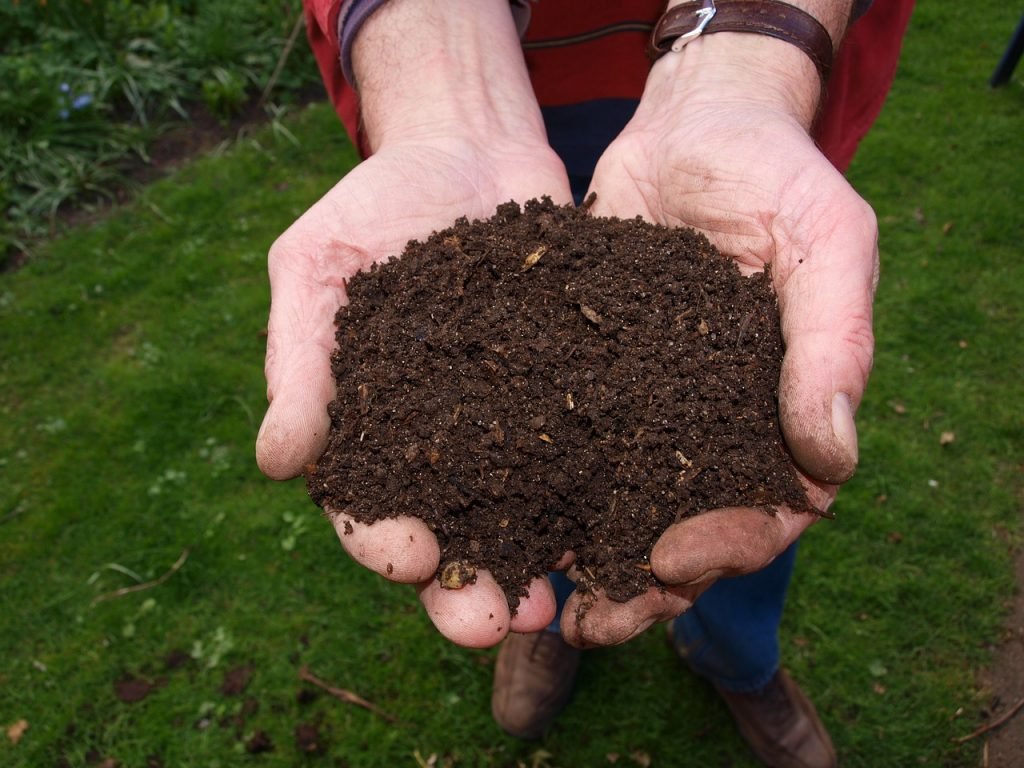
At the same time, you’re also cutting back on the need for chemical fertilizers. Sometimes, you may still need them as a supplement. However, many people can avoid them completely. Chemical fertilizers are good for the soil and you know exactly what you’re getting. However, they don’t come from a sustainable source. With extended use, they can also leave behind harmful chemicals.
You also save money when you compost. Sure, chemical fertilizers are cheap compared to store-bought organic fertilizers. But if you make organic fertilizer yourself, there’s no real cost to you. It doesn’t even take much time since nature does most of the work.
What To Compost
There are many materials you can compost. But it’s important to know what to include in your compost pile and what to leave out.
Compost materials come from both the kitchen and around the property. They can be divided into two groups. “Green” materials still have moistness in them. When they break down, they produce nitrogen. “Brown” materials are generally dried materials that will provide carbon.
Here are some examples of each:
Green Materials
- Fruits and vegetables
- Grass clippings
- Plant clippings from healthy, non-seeding plants
- Cut flowers
- Manure (if treated)
- Fresh leaves
- Hair trimmings
Brown Materials
- Straw and hay
- Dry leaves
- Cornstalks
- Sawdust or wood chips from untreated wood
- Eggshells
- Coffee filters and tea bags
- Newspaper, napkins, paper towels (as long as they’re not greasy)
- Pizza crust
What Not To Compost
While you can compost many materials, you should avoid many others. Here are some items you shouldn’t compost:
- Non-organic materials. By definition, these won’t break down into the necessary elements.
- Sawdust or wood chips from pressure-treated wood
- Diseased plants
- Seeds or plant parts that include seeds
- Meat, fish, grease, fat, or oil, blood, or bones – they do break down, but they’ll stink and attract pests
- Dairy products
- Pet feces or other untreated manure (they can carry parasites or other harmful materials)
How To Create Your Compost
You’ll only need a few things to get started with composting. You’ll also need a shovel and/or a garden fork. A hose that reaches the compost heap is useful, too; otherwise, you’ll have to bring water by bucket.
An indoor compost bucket is also helpful. You can fill it with kitchen and other scrap inside the house and transport it to the compost heap when ready. Lidded ceramic buckets work best. They won’t absorb odors and they’re easy to wash.
Set Up Space For Your Compost Heap
The most important is a spot for your composting pile. We recommend a space of at least 3 feet square. This allows the heap to be big enough to maintain heat inside it.
It should be in a shady, dry location.
Clear the ground and enclose the area in some way. Old pallets are great because they’ll keep your compost from falling all over but also permit a lot of air to pass through.
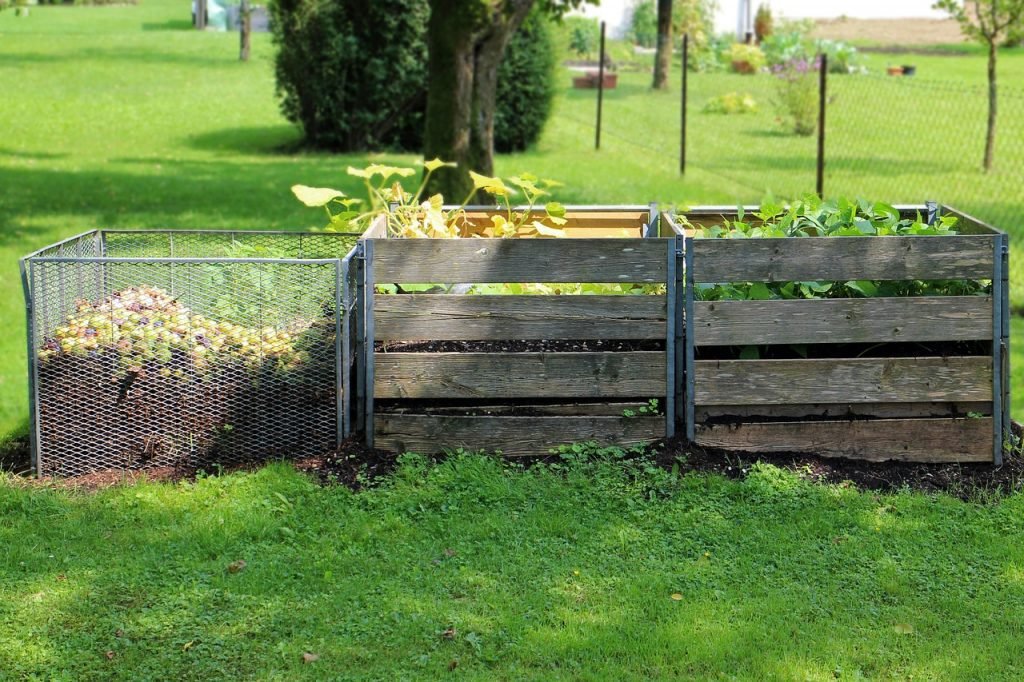
Start Adding Material
A good mix of brown and green materials is important. When you’re just starting, though, you’ll want to use more brown material. A ratio of about 3:1 is a good base. Mix it well with your garden fork and shovel.
From then on, try to add to the heap a layer at a time. Top a layer of green material with a layer of brown material.
Be sure that the materials are broken down into smaller pieces. For instance, use the mulching feature on your lawnmower on leaves and tear newspaper into thin strips.
Learn more about mulching your garden!
Water Your Compost
Yes, that’s right. You want to sprinkle your compost pile with water, especially after adding brown material.
Try to keep the pile damp. You don’t want to add too much because you’ll drown the microorganisms that break it down. On the other hand, those bacteria do need that water to do their job.
Toss The Compost
To make sure the compost heap breaks down into fertile soil, you also have to turn it over. This is where your garden fork and shovel come in handy. Normally, about once a week is good for this.
Turning over the compost helps keep it from getting matted down, but it can also help minimize bad odors.
The process of decay also gives off heat. Of course, most of that is in the center of the pile. So rotating it will help the material break down more quickly.
Bacteria slow down during the winter, so once the weather cools off, you can stop turning the compost heap until spring. This will help it stay warm enough inside.
Worms Can Help, Too
Bacteria can do a great job breaking down your compost and they’ll multiply naturally. Earthworms can also make their way into it through the bare soil at the base. They help process the soil and aerate it as well.
But you can speed up the process by adding worms. Garden shops may sell a variety of worms or nightcrawlers. You could also check a bait and tackle shop to compare prices. Red wigglers are a favorite species. You can buy red wigglers on Amazon if you don’t have time to get to a store.

Using Your Compost
It can take three months to a year for your materials to turn into fertile soil. The better you aerate and dampen it, the faster the process will be. You’ll know it’s ready, though, when it cools off, dries out and becomes crumbly. In other words, it will be like loose soil.
Apply your compost around your plants, bushes, and trees at the beginning of the planting season. Aim for a depth of 4 to 6 inches. The rich nitrogen and carbon will be absorbed into the soil, improving its quality and nourishing your plants.
Conclusion
Composting is a great way to put organic waste to good use by using it to improve your soil and feed your plants. It’s ecologically friendly, easy to do, and can even save you money, too. So put your organic waste to good use to make your plants healthier and stronger!


